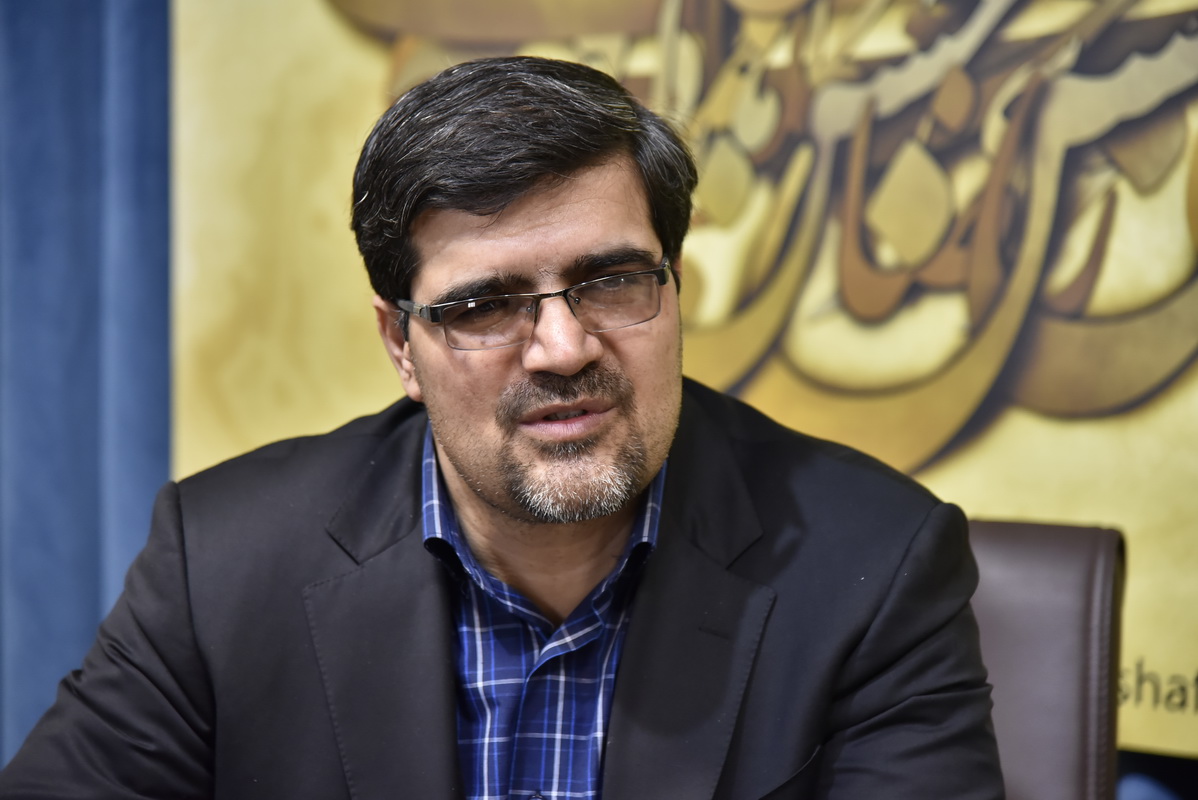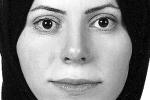Air pollution costs Iranians millions of dollars each year in deaths and diseases.
In a major study, the World Bank found that Iran is losing a sizable percentage of its gross domestic product to air pollution. Those costs are mainly driven by lost productivity, since schools and factories are shut down on bad air days to avoid the dangerous health effects of breathing the dense, toxic air.
These concerns are echoed by Iranian officials, media broadcasters and the press time and again. It seems as if they are engaged in a substitution drill to practice their language skills by incorporating different figures into overused phrases.
It’s more than 37 years since 240 university professors and experts published a report titled “Policies on Development and Advancement of the Islamic Republic of Iran”, in which they wrote about virtually the same causes, effects and solutions to air pollution that are being talked about today, the head of Tehran city’s office of the Department of Environment, Mohammad Hossein Bazgir, told Financial Tribune. Highlights of his interview follow:
With a population of 8.7 million spread over 730 square kilometers, Tehran’s population density is around 10,000 people per square km. For Iran, it stands at 49.1.
Tehran ranks between 25th and 28th in view of population, but 128th in terms of size among world cities.
In the fiscal 1956-57, the city of Tehran constituted 90% of the size of Tehran Province, which share in 2016-17 declined to 65.8% while its population doubled.
The capital turned from a city situated on vast plains and woods in a sparsely populated province to an overcrowded city surrounded by several densely populated townships, including Rey, Shahryar, Eslamshahr, Shahr-e Qods and Malard. Now you cannot talk about Tehran’s air pollution without taking into account its satellite cities.
Numerous manufacturing and service industries have also sprung up in Tehran over the years. There are up to 17,000 factories from casting to steelmaking there, constituting 30% of the Iranian industries. Some 7,000 hospitals and 500 doctors’ office buildings have been set up in Tehran.
It is Iran’s administrative hub and Iranians all over the country have to visit the capital city to meet their needs.
All this comes as Tehran’s ecological goods and services are not sufficient to provide for its population and the industrial activities loaded into it.
Extravagant Lifestyle
Lifestyle is also to blame for Tehran’s air pollution. As much as 12.4 million liters of gasoline in the capital city and 16.2 million liters in the province are consumed daily. In fact, residents of Tehran Province consume more gas than Poland, with its 40 million population, and Turkey of 80 million.
Only three countries, namely Germany, Britain, and Spain, consume more gasoline than Iran in the whole Europe. This is while vehicle ownership per capita in Iran is 3-3.5 per 10 people while in Turkey the ratio is more than 5 per 10 persons.
Iranians’ consumerist lifestyle is not limited to this. Water consumption is three times the global average while Iran’s surface water input from snowmelt and rain is one third of the world (around 220-240 millimeters). Residents of Tehran consume 2.6-3.2 million cubic meters of water daily, 50% of which are supplied by underground reserves that are supposed to be saved for future generations.
They produce 8,000 tons of rubbish and 50,000 tons of construction waste daily (and that’s at a time of the sector’s recession). The annual output of Tehran’s wastewater is as much as 850 million cubic meters, two-thirds of which are not treated.
Residents of Tehran inhale nearly half a kilogram of pollutants a day in fall and winter every year. In fact, we have known the causes of air pollution and they are still the same.
Some 30% of Tehran’s air pollution are linked to stationary sources, including factories, power plants, heaters and dry cleaners, while 70% are emitted from mobile sources, namely motor vehicles, airplanes, locomotives, and other engines and equipment that can be moved from one location to another.
Solutions
DOE is t an oversight organization and does not wield any executive power. Separate ministries and organization are responsible for different areas attributable to air pollution.
For example, the onus of ensuring fuel quality is on the Ministry of Petroleum while the Ministry of Industries, Mining and Trade is responsible for clunkers, so car manufacturers should be encouraged to invest in new technologies. The DOE solely sets guidelines.
The quality of fuel needs to be improved based on European emission standards that define the acceptable limits for exhaust emissions of new vehicles. Euro-4 and later Euro-5 concentrated on cleaning up emissions from diesel cars, especially with regard to reducing particulate matter and oxides of nitrogen.
[The pollutant of most concern in Tehran is soot-particles smaller than 2.5 microns that make them tiny enough to get deep into the lungs. It can cause a variety of medical difficulties, including asthma, heart disease and lung cancer.]
As we speak, 89% of vehicles in Tehran are powered by Euro-4 gasoline and 11% by super gasoline. There is no lead in Iranian fuel but we still have a long way to meet standards nationwide.
The quality of cars has also improved compared to 10 years ago, but the problem is that new locally-made cars are of low quality and fall short of the standards a few months after being used.
Tehran Municipality’s newly proposed road traffic scheme is a move forward, should the gains from the new road traffic scheme be spent on tackling air pollution.
Britain is using income inequality to manage its cities. By taxing the rich, they are expanding public transportation for all members of the society.
New Road Traffic Scheme
The new scheme aims to abolish free or discounted permits for members and employees of institutes located in the restricted zones and charge all vehicles equally based on several factors, including the time of commuting and the cars’ pollution standards.
The current restricted zone is to be renamed “Green Zone”, and the area where cars are allowed on alternate days based on their odd-even plate numbers is to be called “Blue Zone”. Other areas will be referred to as “White Zone”.
The system of selling permits for entry is to be replaced by a tax system. People will have to pay variable amounts of tax for entry into the Green and Blue zones, the proceeds from which will be spent on the development of public transport.
Car owners will be given user accounts and the tax will be automatically withdrawn from the account upon entry into the zones. Cameras will record the plate number and the time of commuting, and the tax will be calculated based on predefined formulas.
The tax rates need to gain the approval of Tehran City Council, but the proposed prices range from 100,000 to 360,000 rials ($2.3-8.3) for the Green Zone and 30,000 to 120,000 rials (6 cents-$2.7) for the Blue Zone.
Tehran Mayor Mohammad Ali Najafi claims that the charges for entering the zones will also eventually decrease with appropriate time management.
Currently, daily car permits are sold for 198,000 to 410,000 rials ($4.6-9.3), depending on the time of the day. The restrictions are enforced from 6:30 a.m. to 7 p.m. every day, except for Thursdays, Fridays and public holidays. Those who live inside the restricted zones have until 8:30 a.m. to exit the zone.
Vehicles with premium technical inspection certificates can enjoy a 20% discount. It is not clarified, however, how a car can gain a premium certificate. Hybrid cars are entitled to a 90% discount.
The scheme is expected to reduce heavy traffic during the morning and evening rush hours, as studies have shown that 40% of journeys across Tehran are not time-bound.



